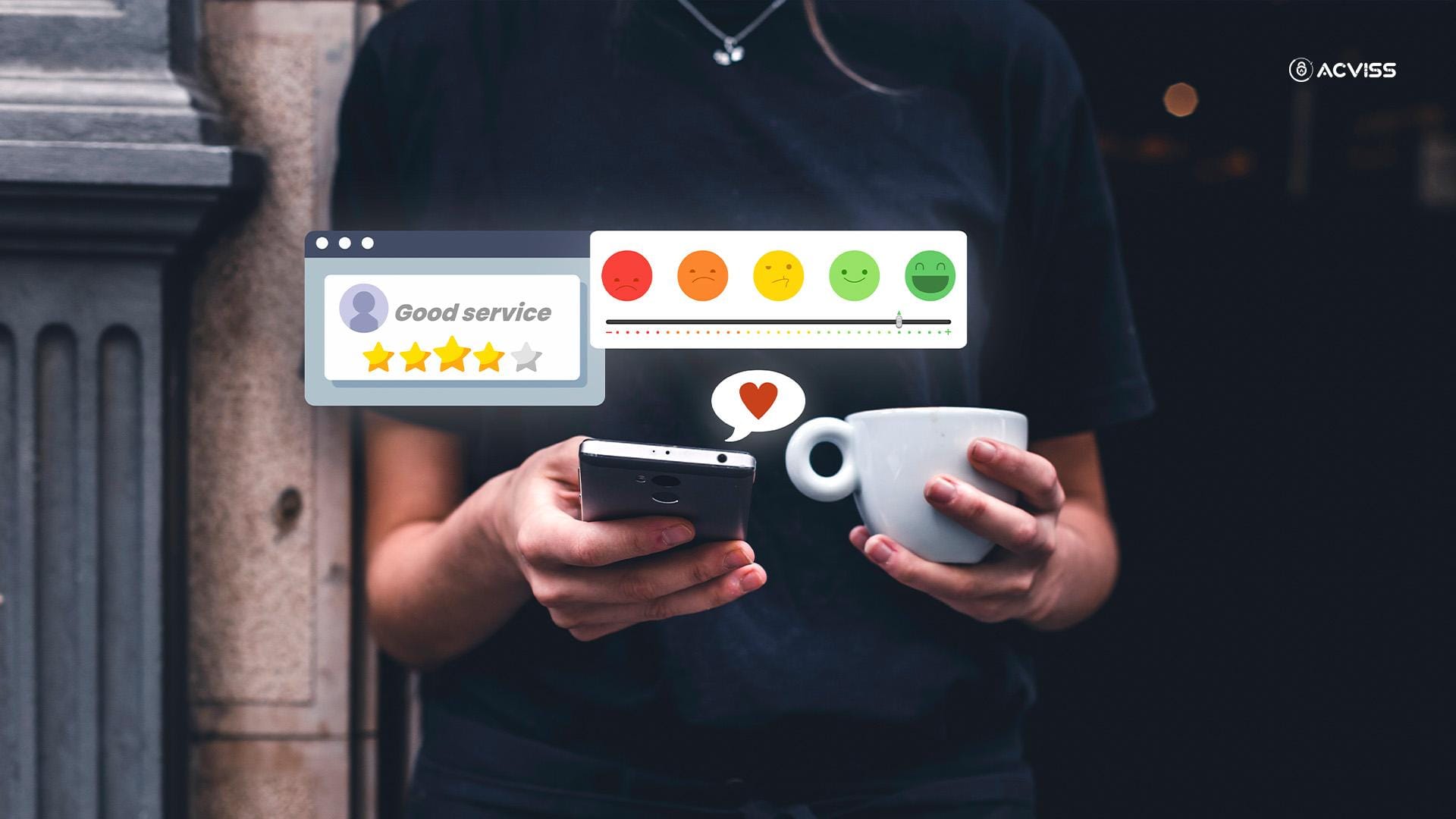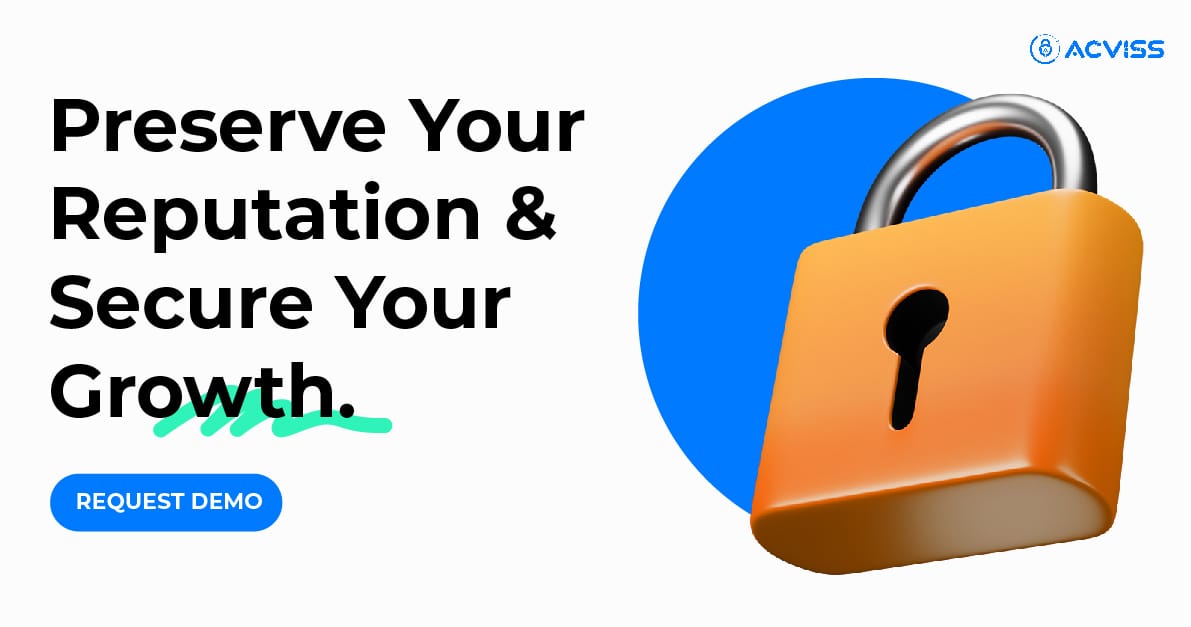How to Leverage User-Generated Content to Fight Counterfeits

It is a known fact that the global markets are flooded with counterfeits. This has increased to such an extent that it is now becoming super difficult to identify the difference between real and fake. There are many ways brands can and are fighting against these counterfeits. But, one surprising ally in this fight is: Consumer.
Today’s customers are no longer passive buyers. They’re scanning QR codes, posting reviews, flagging fakes on social media, and expecting brands to prove authenticity. This shift is giving rise to a powerful force in anti-counterfeiting: user-generated content (UGC).
Counterfeiting doesn’t just impact sales; it erodes consumer trust, damages brand reputation, and disrupts supply chains. In an age where brand loyalty is all about transparency and authenticity, companies that fail to involve their customers risk falling behind.
In this blog, we will explore how brands can leverage UGC as a frontline tool in the battle against fakes. We’ll break down the practical benefits and what it takes to activate this strategy effectively.
UGC as a First Line of Defence Against Fakes
User-generated content (UGC) in the anti-counterfeit space goes beyond ratings and reviews; it includes any form of customer-shared data that helps verify the authenticity of a product. This can be as simple as a scan report via a QR code or as public as an Instagram reel showing product packaging.
Here are a few common forms of UGC that play a role in product verification:
- Product reviews highlighting quality or discrepancies
- Social media posts that tag brands and show genuine vs fake comparisons
- Unboxing videos that reveal packaging details or serial numbers
- QR code scan reports, where consumers verify and log product authenticity
The impact? A growing shift in consumer behaviour. According to a study by Gartner, 84% of consumers say they value authentication features, and UGC is often how they validate what’s real.
When customers are part of the verification process, brands gain both visibility and credibility.
Enabling Product Reporting Through UGC

Beyond verification, user-generated content helps brands identify and act on counterfeit threats in real time. When customers encounter suspicious products, they’re increasingly turning to QR scans, mobile apps, or even social media to report them.
Here’s how product reporting typically works:
- QR scan reporting: After scanning, users are prompted to confirm authenticity or flag issues.
- In-app forms: Some platforms allow users to submit images or notes about counterfeit products.
- Social media alerts: Consumers tag brands or post about their concerns, often publicly.
These reports provide actionable data.
- Geolocation and timestamp help pinpoint where fake products are entering the supply chain.
- Images and product codes assist in identifying counterfeit patterns.
Example:
Certify by Acviss enables feedback loop. When a product fails verification, the user can instantly report it. The system logs essential data like scan location and time, which helps brands track down counterfeit sources more efficiently.
By giving consumers the tools to report fakes easily, brands not only get ahead of counterfeit risks they also build stronger trust with their customers.
Improving Supply Chain Traceability Using UGC
In modern supply chains, traceability isn’t just about tracking products from origin to shelf; it’s also about using real-world interactions to fill in the gaps. This is where UGC becomes a valuable data source.
Every time a customer scans a product's QR code or NFC tag:
- A new data point is created, complete with time, location, and device details.
- That scan adds to the product's digital footprint, helping brands trace where it's been and where it’s headed.
Why this matters:
- It reveals unauthorised sales, like products meant for one region showing up in another.
- It detects grey market activity where original goods are sold through unofficial or unapproved channels.
- It can flag diversions or tampering that traditional systems might miss.
Stat to know:
According to industry reports, 62% of companies lack proper supply chain visibility, often due to outdated or fragmented systems.
Encouraging customers to scan and engage with products gain near real-time visibility that goes beyond warehouse tracking. The result is a more transparent, resilient supply chain, powered, in part, by everyday users.
Driving Customer Engagement and Building Trust

User-generated content does more than verify authenticity; it gives consumers a meaningful role in protecting the brands they trust.
When customers:
- Leave a product review after verifying authenticity.
- Share photos or stories of a genuine product online,
- Or scan and engage with the brand’s digital verification experience,
They’re participating in the fight against counterfeiting and becoming part of a larger community that values trust and transparency.
Why this matters:
- UGC helps humanise brands. 80% of consumers say it makes a brand feel more real and relatable.
- It builds social proof, which influences others to choose verified products.
- Trusted UGC, like scan stories or verification confirmations, can increase sales by up to 18%, especially in sectors like fashion, electronics, and FMCG.
Brands that actively support and respond to UGC also benefit from:
- Increased loyalty, when customers feel heard and empowered.
- Higher visibility, especially on social platforms where engagement boosts reach.
- A stronger brand narrative, one where the community plays an active role in protecting product authenticity.
In short, involving your customers through UGC isn’t just good marketing, it’s smart brand protection.
The Technologies That Make It Work
User-generated content becomes powerful in the anti-counterfeit space only when supported by the right technology stack. Here are the key tools that enable brands to collect, validate, and act on UGC effectively:
1. QR Codes
Secure and non-cloneable QR codes serve as the first point of verification. When a customer scans one:
- They instantly know whether the product is authentic.
- The scan data, like location, time, and frequency, is captured and stored for analysis.
This helps brands detect fake distribution patterns and engage users with relevant product info or rewards.
2. Blockchain
To ensure that every scan record is trustworthy, blockchain technology creates a tamper-proof log.
- Every customer scan is added to a digital ledger.
- This adds transparency and enables track-and-trace right from the point of origin to the end-user.
Blockchain-backed UGC can also be used during audits or legal actions to prove the product journey and authenticity.
3. Artificial Intelligence
AI plays a crucial role in identifying counterfeit trends by analysing scan patterns across geographies and devices.
- Unusual scan behaviour? AI flags it.
- Duplicate scans from unlikely locations? AI investigates further.
This automation makes the system smarter and quicker to respond.
Market Insight: The global anti-counterfeiting technology market is growing at a 12% CAGR, reflecting the rising need for smarter tools to fight fakes.
Together, these technologies give UGC the backbone it needs to become a reliable part of any brand’s anti-counterfeiting strategy.
Challenges and Growth Potential

India presents a unique mix of challenges and opportunities when it comes to using UGC for anti-counterfeiting.
1. Regulatory Complexity
From the Legal Metrology Act to BIS certification standards and evolving e-commerce compliance norms, businesses, especially in FMCG, retail, and agriculture, are under growing pressure to ensure product authenticity. But many still lack the tools to collect or respond to user-generated product data.
2. MSMEs Still Rely on Manual Methods
Despite the growing threat of counterfeit goods, many Indian MSMEs still use manual verification like physical inspections or basic barcodes, systems that can’t support consumer verification or real-time traceability.
This creates blind spots in the supply chain and limits the ability to respond to fake product reports.
Market Outlook
- India’s supply chain management (SCM) market was valued at $3.42 billion in 2023 and is projected to reach $6.43 billion by 2030 (CAGR of 11.1%).
- Digitisation and transparency are expected to be major drivers of this growth.
Example: Acviss x Kitply
To combat fake plywood and improve traceability, Kitply Industries partnered with Acviss to deploy non-cloneable QR codes on their products.
Consumers scanning the code could instantly verify authenticity, turning everyday users into a frontline defence against fakes.
This shows how UGC, paired with the right tech, can be a scalable solution, even for traditional sectors in India.
Real Challenges in Making UGC Effective
While UGC has strong potential in fighting counterfeits, turning it into a reliable and scalable strategy isn’t without its hurdles. Here are the major limitations brands need to address:
1. Low Consumer Awareness
Many consumers don’t know they can verify products by scanning a code, or why they should.
- Only a small percentage actively scan QR codes on packaging.
- Lack of awareness limits the volume and quality of data that brands receive from end users.
Without education campaigns, UGC stays underutilised.
2. Counterfeiters Are Getting Smarter
Fake product makers often copy QR codes, mimic product packaging, or replicate entire verification flows.
- This can mislead customers into thinking they're verifying a genuine product.
- It also undermines consumer trust in verification tools.
Brands need non-cloneable identifiers and secure infrastructure to stay ahead.
3. Data Privacy Concerns
When users scan a product and report a fake, the data, location, time, and device get logged.
- This raises questions about how consumer data is collected, stored, and used.
- Any system relying on UGC must ensure compliance with privacy laws like GDPR and India’s upcoming DPDP Act.
Trust isn’t just about the product; it’s about how data is handled, too.
4. Cost Barriers for Smaller Brands
Implementing UGC-enabled technologies like blockchain, secure QR codes, or consumer reporting tools can be expensive, especially for MSMEs.
- High setup costs and integration challenges limit adoption.
- Many smaller businesses still see this as a “nice-to-have” rather than a core necessity.
Awareness, affordability, and support will be critical to driving widespread adoption.
Certify by Acviss
For brands looking to turn user participation into a scalable anti-counterfeiting strategy, Certify by Acviss offers a ready-to-deploy, secure solution.
What It Does
Certify enables consumers to verify products in real time using non-cloneable QR codes, simple to scan but impossible to fake. This not only deters counterfeiters but also empowers customers to report suspicious products instantly.
Built for Transparency
Each scan captures valuable data, like time, location, and device, feeding into a secure backend powered by blockchain. This helps brands track where products move, where fake alerts spike, and how users interact.
Where It’s Being Used

Certify has been deployed across multiple industries:
- Retail, for authenticating branded goods
- Agriculture, to ensure input traceability (e.g., seeds, fertilisers)
- FMCG, for verifying fast-moving products at scale
Compliant and Scalable
- Compliant with GDPR and ISO 270001 standards
- Integrates with ERP and supply chain platforms
- Built to scale from local brands to global rollouts
Certify by Acviss helps bridge the gap between consumer trust and supply chain visibility, without complicating the customer experience.
Final Thoughts
User-generated content has evolved beyond social proof; it’s now a strategic tool in the fight against counterfeits.
- When customers verify products and report fakes, they become part of the solution.
- Brands that enable and encourage this behaviour build trust, improve traceability, and strengthen their supply chains.
But UGC is only effective when it's actionable and secure. That’s where the right technology comes in.
Get in touch with our experts if you’re looking to turn product scans into product protection.
